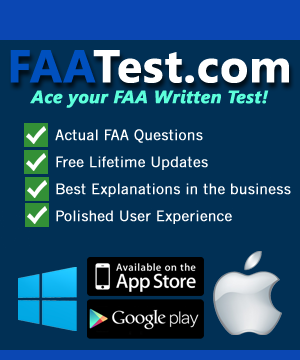I am working on my commercial endorsement. I am a little confused about some of the requirements however. One in particular is the type of aircraft I need to do my time in. I was told by a CFI that most of my time building must be in a high performance and that I have to do my check ride in a high performance. I can’t find any documentation to back this up. I know I need 10 hours of high performance. Can anyone help with this and if you have any personal advise at the same time I covet that as well. Thank you, Tommy Eldridge www.PriavtePilotInsider.com



